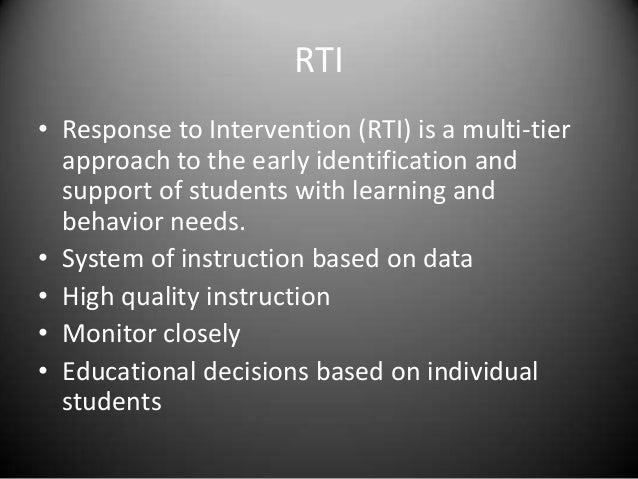
The same applies to the other steps of this or any other process.

That understanding is the road to greater business acumen and the priorities and culture of the company.

Just think about the developmental value of employees gaining a clear understanding of the criteria guiding decisions that affect them. These are the goals and constraints - the decision criteria - that must guide the decision. Each time one practitioner hears another state the Situation or the Background or other, he learns and improves his own ability to formulate relevant information. This clarity of purpose and process created by SBAR and SOAR is also tremendously instructive. The same benefits accrue when you "SOAR through decisions." Every employee can contribute more effectively when operating in an environment with this kind of clarity. If other practitioners know something different, they can easily chime in to enhance or clarify. As a result, the Situation and each subsequent step can be described with great clarity. By focusing on each clear step one at a time, clarity of purpose is also achieved.
#INFORMED DECISIONS HOW TO#
Because it is widely known and understood, it creates what I call shared process clarity and gets everyone on the same page quickly, knowing what to expect and how to contribute. In the health care world, there is a proven process called SBAR - Situation, Background, Assessment, Recommendation. All employees will be able to contribute more effectively. So why do you make decisions by hauling all the experts into a room at one time and trying to tackle all the steps simultaneously?ģ. You would learn the process, follow it in sequence, and call on the help you needed at each step. If you follow a muddled process to build a boat and want expert help for all aspects of the process, you would have to have all the experts present the entire time and they would be stepping all over each other trying to advise you. If you step logically through a proven process, you will waste less time and make use of the right resources at the right time. This is true whether you are doing something like building a boat or making a decision. You'll save time and make better use of resources.Ī lack of process clarity guarantees a slower, more convoluted path to the desired outcome. This is why decision-making is a top priority when I work with clients to create a culture of clarity.Ģ. Because there are so many decisions and because they are literal forks in the road with dramatic impact on results, costs, time, feelings, and relationships, how you make decisions is extremely important. Many are easy, but others are complex, stressful, or both. We make thousands of decisions every day. Avoiding a few dozen decisions in the morning may reduce initial stress, but it's only a drop in the bucket of what's to come.

Now that I've written that, I'm really curious to know how long someone could actually avoid that first decision. "Should I get up or hit the snooze button?" For those who lay their clothes out the night before, have no children, and are locked into an unwavering morning routine, including the content and quantity of breakfast, that first decision of the day can be postponed. What's the very first decision you make each day? For some it comes while still in bed.


 0 kommentar(er)
0 kommentar(er)
